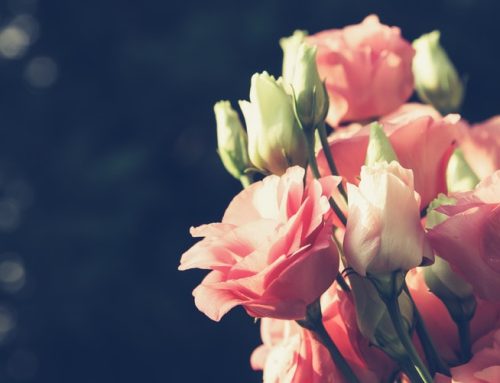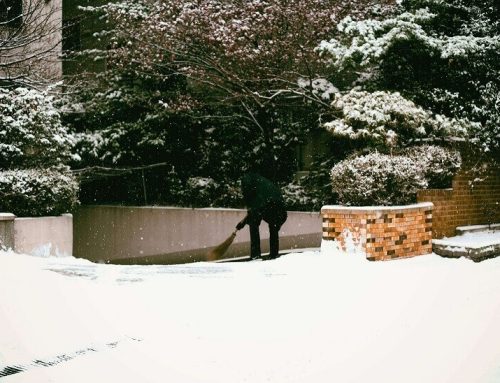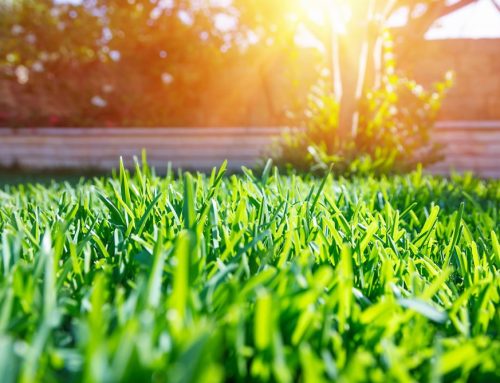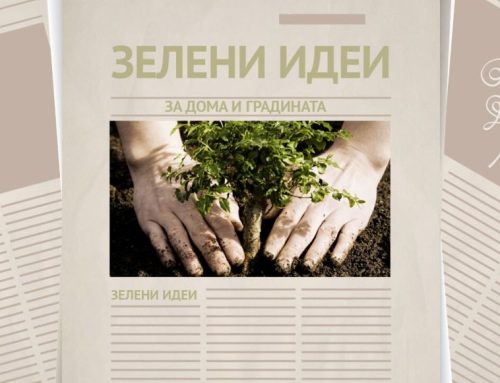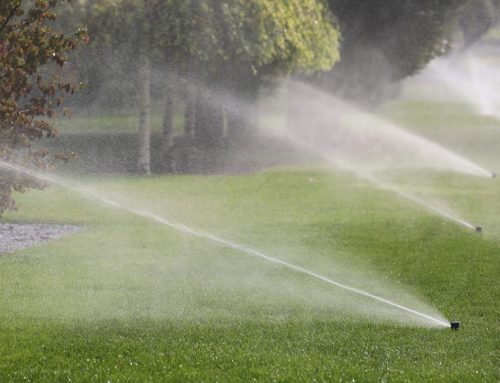Summer heat is already here – can your lawn cover them?
We offer the following tips and tricks for maintaining a healthy and fresh lawn during extreme summer temperatures:
- do not mow the grass too low
- the rule of „one third“
- restrict watering
- keep the mower knives sharp
Do not mow the grass too low
A common mistake made by both lawn owners in living quarters and companies in public gardens is to lawn too low. Too low mowing of the lawn impedes the plant’s ability to produce the energy it needs for growth. When trimmed to the required height, however, the grass builds a healthy root system that provides the plant with more strength and resistance to adverse weather conditions. Keep in mind that different grass varieties have growth features that require a different mowing height. For example, varieties suitable for cooler seasons and those for warmer seasons need different maintenance techniques. Do not forget to check the height of trimming that is right for your lawn.

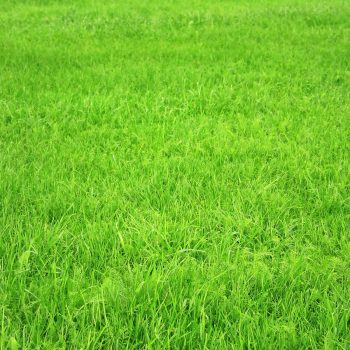
The rule of „one third“
Once you have determined the correct mowing height, it is important not to forget the „one-third“ rule: never remove more than one-third of the grass height at a time. Removing less grassland allows your lawn to naturally maintain its cooling. In fact, the varieties of grass for cooler seasons do very well at summer temperatures if you put the mower blade slightly higher. For example, if you usually crop the grass at 5.5 cm, increasing the height to 6 cm during the hot summer days will be of great benefit to you.
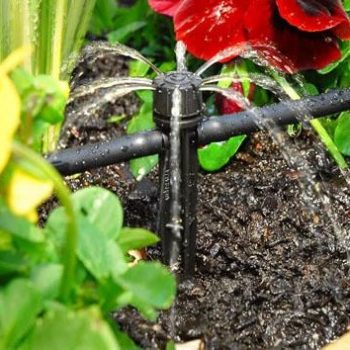
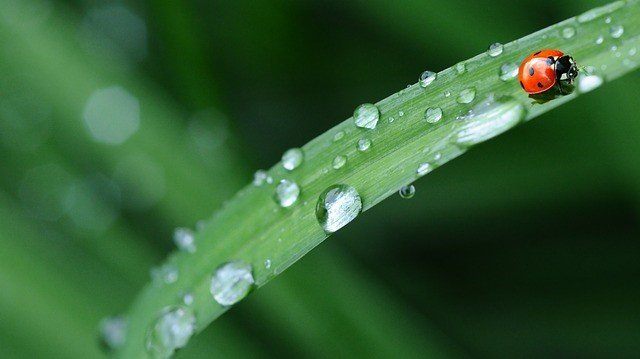
Restrict watering
A widespread delusion about grass maintenance is that extremely high temperatures require excessive watering. It is amazing that people continue to water their lawn, even after rain. The general rule that needs to be taken into account is that grass crops do better with dryness than with excessive moisture. Permanently wet soil creates many physiological problems for both plants and groundwater. The lawn’s roots do not receive the necessary amount of oxygen and become more susceptible to disease because the diseases thrive in humid conditions. In general, the drier the grass and the soil, the lower the risk for the disease.
Another rule is to water rarely, but profusely and deeply. Dampen the entire root system in depth and then do not re-water until the grass has dried completely. To determine the time for the next irrigation just trust your eyes. If the lawn starts to look dry – flush it. To get it even more, moisten the „hot“ places (the areas that dry out most quickly) and wait for the others to dry before you burn them.
Although adequate hydration is important, do not pour the grass daily. The lawn needs only 2 – 2,5 cm of water per week, taking into account rainfall.
Keep the mower knives sharp
When the grass is mowed with a sharp knife, the plant heals faster than if it is cropped with a dull blade. Worn blades actually tear the tissues on the grass, not cut them. This severed grass mass develops in the appearance of brown spots on the surface, making the grass prone to disease and harmful influences. The sharp knives prevent rotting and stop further damage to the plant.


